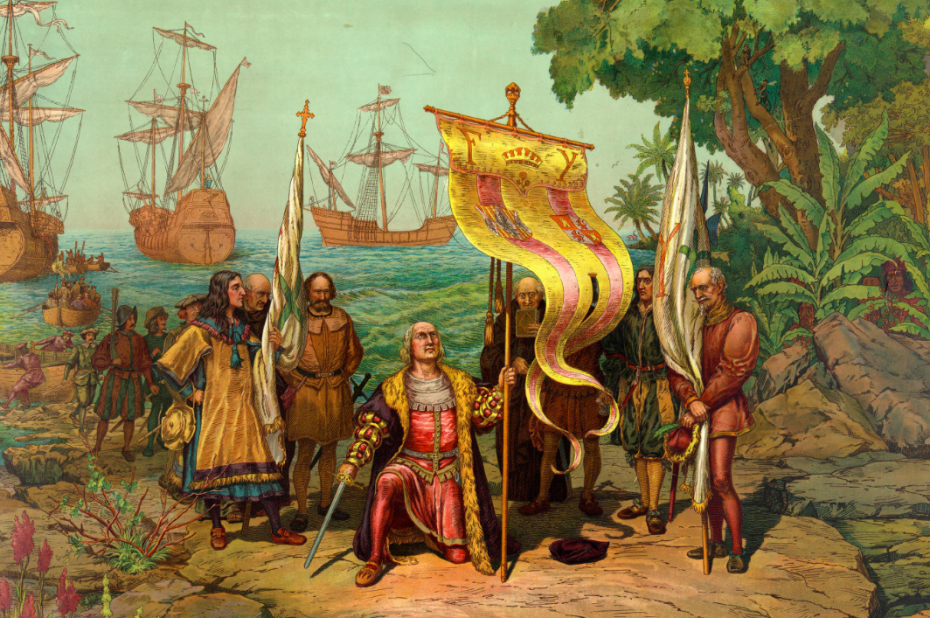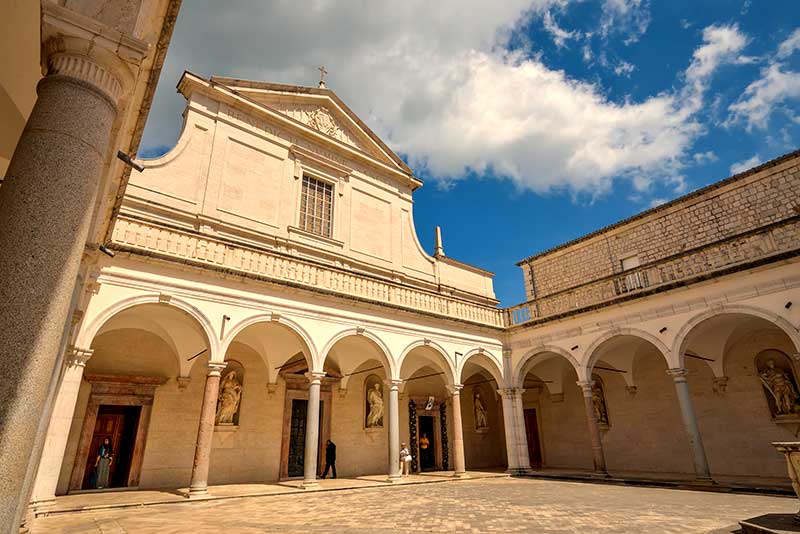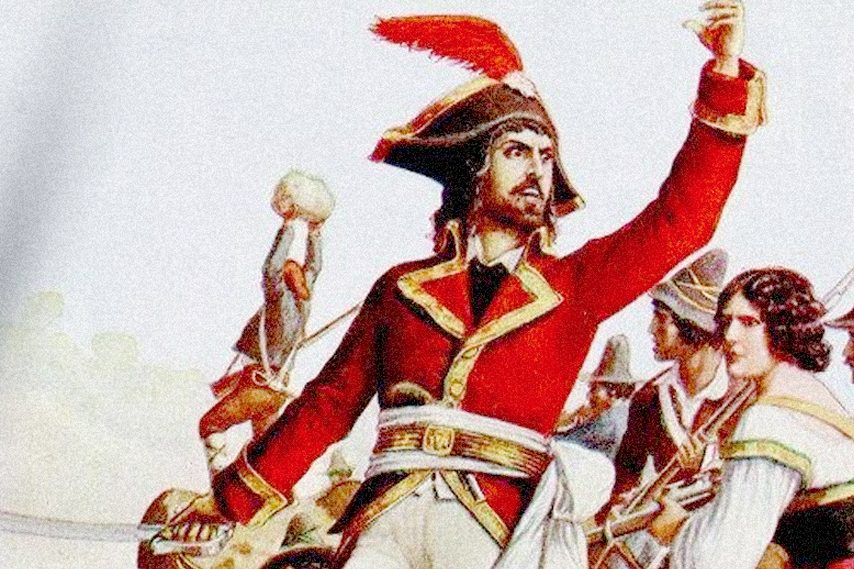Political correctness aside, Christopher Columbus is arguably the greatest and most important explorer of all times, changing the world and the very course of history. Vespucci, Verrazano, and the Cabots are just some of the other Italians who lead the Age of Discovery.
As Americans, we focus largely on the exploration of the Western Hemisphere, but what lay south and east of Europe was also mostly unknown before that time, and there were many Italians who ventured into it, one of whom was Alvise Cadamosto.
Born into a prominent and wealthy Venetian family in 1432, he went to sea at the age of ten, sailing to North Africa, the Greek islands and other ports in the Mediterranean. At the time Venice was the greatest commercial and naval power in Europe.
Her fleets carried on a robust trade with the Turks and Saracens, and occasionally engaged in hostilities with them to protect against their onslaughts.
Already an experienced trader, Cadamosto was appointed an officer of the marines which protected ships sailing to Egypt and later Flanders.
Prince Henry the Navigator
Prince Henry the Navigator
It was on a voyage to the latter that his role as one of the great explorers was to begin.
In 1454 his ship put in at Portugal to wait out a prolonged storm. At the time that nation was just beginning to venture down the unknown coast of Africa. Learning of this, Cadamosto was eager to join in, and was immediately given command of a vessel by Prince Henry the Navigator.
He set out the next year and eventually anchored off what is now northern Senegal, essentially the limit of that part of the then known world. There he met Budomel, the king of the region, and was invited to travel inland to stay with his nephew, prince Bisboror, and thus became one of the first Europeans to explore the interior of sub-Saharan Africa. He spent a month there carefully noting local politics, customs, ceremonies, food, plants, animals and numerous other details of this new world. Upon returning to his ship, he decided to venture into the unknown and sailed south.
Shortly after, he met up with two other Portuguese ships and teamed up with the commander of one, Antoniotto Usodimare of Genoa. The latter had been a prominent merchant and banker, but fell into debt after some failed business ventures, and went to Portugal to remake his fortune.
They eventually put in off the coast of southern Senegal, and sent an interpreter ashore to greet the natives, who immediately murdered him. Wishing to avoid hostilities, they set sail and soon discovered the Gambia River. Despite being constantly fired upon with arrows from the natives there, they went up it around 60 miles, but had to turn back to save themselves from a massive canoe attack, and returned to Portugal.
Besides expanding knowledge of the world on this voyage, Cadamosto also contributed to navigation and astronomy. That far south, the all important Pole Star, key to finding direction at sea, was almost invisible, but a new constellation, the Southern Cross, appeared. He was the first person to record and draw it and thus guided future sailors.
In 1456 he and Usodimare led three ships back to Africa. They soon enough encountered a storm and sailed over 300 miles out to sea to escape it, probably further than anyone had ever gone from there before, and made another discovery, the Cape Verde Islands. Finding them uninhabited, and nothing of commercial interest, they made their way to the Gambia River.
This time they were not attacked, and were able to communicate with the natives, who said they were warriors of one of the Mandinka kings who had small realms along the river and were part of the Empire of Mali. They went to the court of one and stayed as welcome guests for over a week, did some trading, but contracted malaria and headed back to sea to escape the unhealthy environment.
Determined to continue their explorations, they headed further south, discovering more rivers along the way, finally anchoring in the largest of them, the Geba, in what is now Guinea-Bissau, just a little north of the Equator. They conducted what trade they could with the inhabitants, but finding nothing of much value, and still suffering from malaria, they returned to Portugal.
Usodimare, who made enough from his expeditions to regain his wealth, returned to Genoa where he died in 1462. Cadamosto remained in Portugal where he engaged in trade and commerce, returned to Venice in 1463, continued in business, rose in prominence, served as a diplomat, and eventually became captain of a fleet.
Of more importance to posterity was his book, Il Navigazioni (The Navigations), the first account of the exploration of West Africa. In it, he accurately described the land, rivers, people, places, flora, fauna, trade, customs and a host of other details, which made it an invaluable contribution to the knowledge of that then mostly unknown part of the world, and a guide for future explorers.
Before the book itself was published, his accurate maps of West Africa were printed in 1468 in an atlas by Grazioso Benincasa. Although there is no way of knowing, perhaps they were used by Columbus, who before his epic voyages, sailed along the African coast to learn firsthand about the currents, winds and positions of the stars.
Cadamosto died on a diplomatic mission in 1483. The Age of Discovery, like too many human discoveries, certainly had its negative consequences, which sadly seem to be all that is emphasized of late, but the world and life as we know it would not exist otherwise. Alvise Cadamosto and Antoniotto Usodimare earned their place of honor among those who made it so.






























